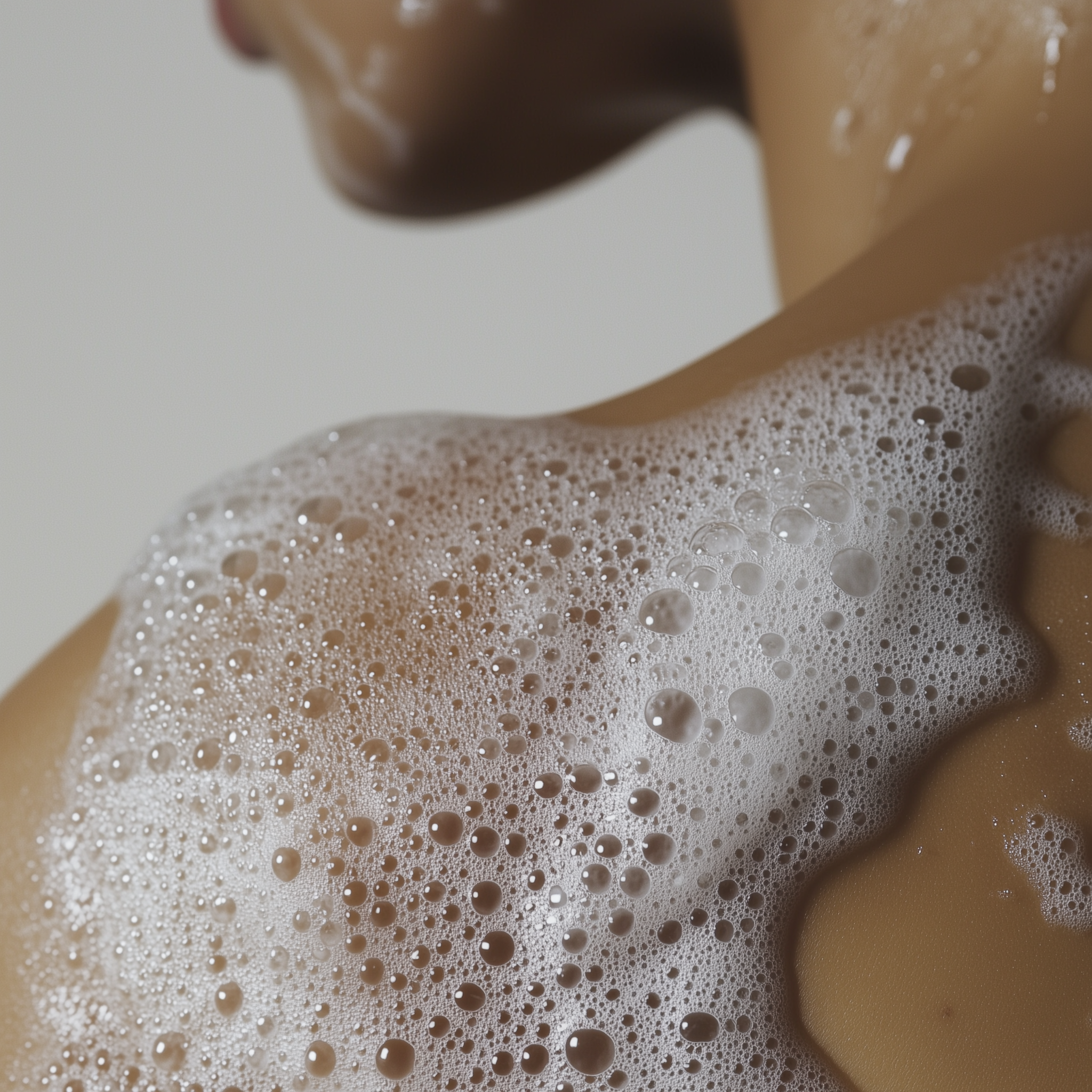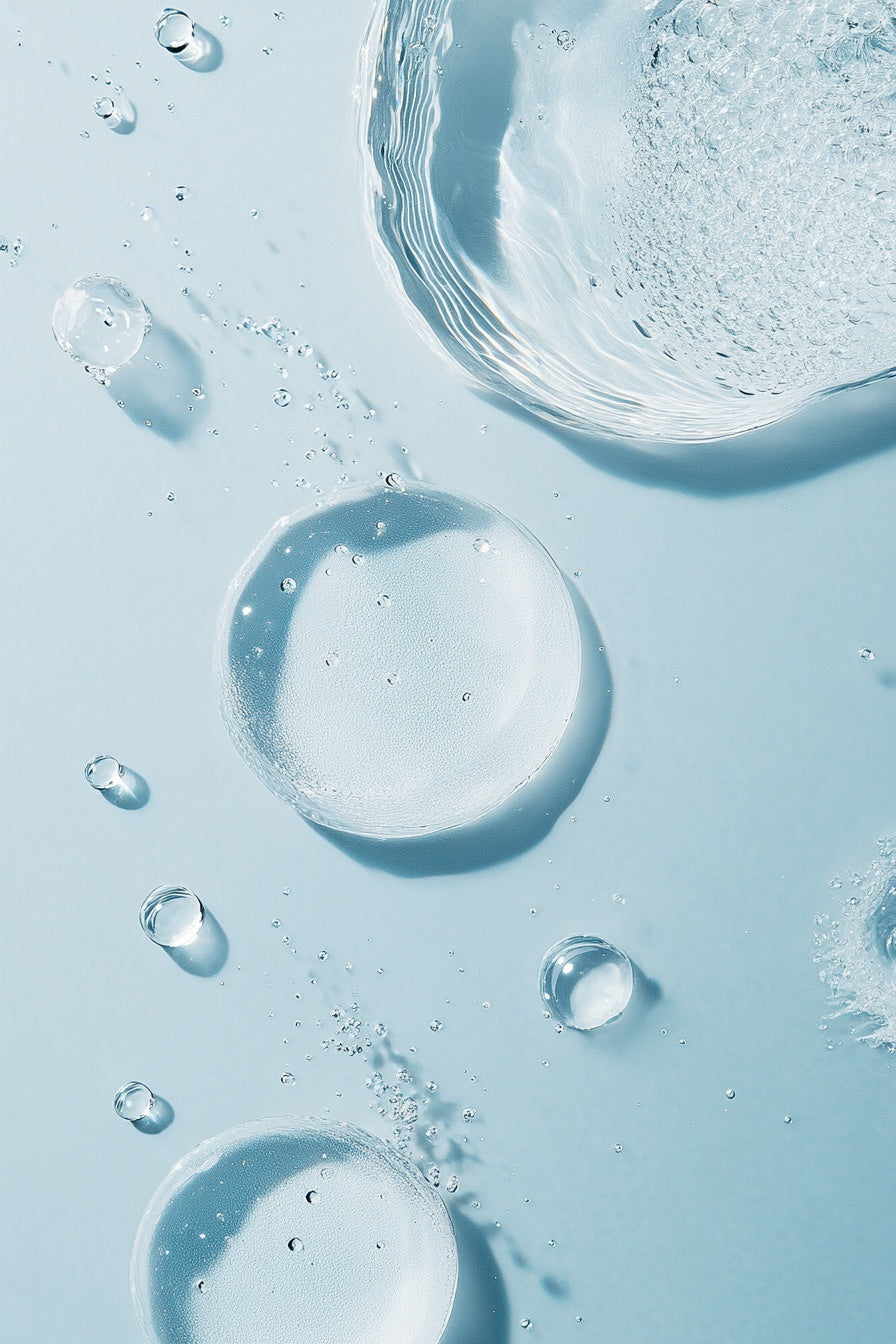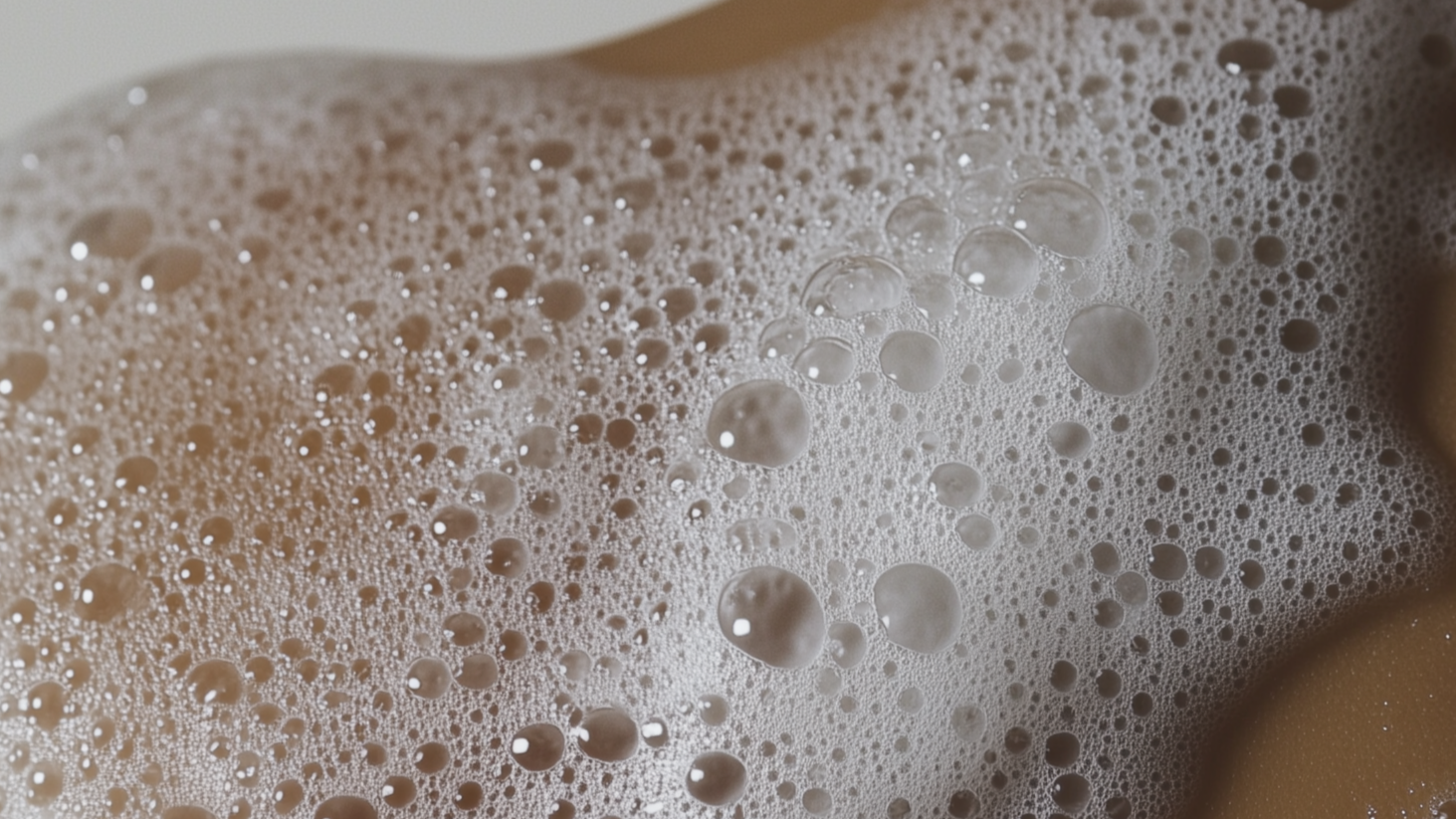

The Ultimate Guide to Exfoliation
Sabina JasinskiWHY, WHEN & HOW to do it right?
Exfoliation is a vital step in every skincare routine, yet many people either skip it or don't know how to do it effectively. Whether you're aiming for smooth, glowing skin or tackling specific skin concerns like acne, hyperpigmentation, or clogged pores, exfoliating can offer significant benefits. In this guide, we'll explore the why, when, and how of exfoliation, including the best techniques, timing, and product recommendations for different skin types.
Why exfoliate?
Exfoliation removes dead skin cells from the surface of your skin, making way for fresh, healthy cells to emerge. As we age, our skin's natural exfoliation process slows down, leading to a build-up of dead skin cells. This can result in a dull complexion, clogged pores, and even texture imbalances. By exfoliating regularly, you can:
- Improve skin texture and smoothness
- Prevent clogged pores and reduce breakouts
- Fade hyperpigmentation and dark spots
- Increase the effectiveness of other skincare products (such as serums and moisturizers)
Exfoliation also encourages the skin's natural regeneration process, helping it look brighter and feel softer.
When to Exfoliate?
The timing of your exfoliation largely depends on your skin type, exfoliant type, and the products you're using. Here's a general guideline:
- For Oily or Acne-Prone Skin: You can exfoliate 2-3 times a week, especially if you're using salicylic acid (BHA) or glycolic acid (AHA) to target acne and clogged pores.
- For Dry or Sensitive Skin: Exfoliating once a week is typically sufficient. Be gentle with physical exfoliants (like scrubs), and opt for milder chemical exfoliants like lactic acid (AHA) or PHAs.
- For Normal to Combination Skin: You can usually exfoliate 2-3 times a week, adjusting based on your skin's tolerance.
For best results, exfoliate at night, as your skin is in repair mode while you sleep and can benefit from exfoliation without the risk of sun exposure.
How to Exfoliate?
Exfoliation can be done using physical or chemical exfoliants, each with its own set of benefits.
1. Physical Exfoliation
Physical exfoliation involves using an abrasive product (like a scrub or brush) to manually slough off dead skin cells. While it's effective, it can be harsh, especially for sensitive skin types. Here’s how to use it properly:
- Apply the scrub to damp skin.
- Gently massage in small circular motions (avoid vigorous scrubbing).
- Rinse off with lukewarm water and follow with a moisturizer.
Tip: Avoid using physical exfoliants on irritated or broken skin, as this can cause further damage and irritation.
2. Chemical Exfoliation
Chemical exfoliants use active ingredients (like AHAs, BHAs, and PHAs) to dissolve dead skin cells and promote skin renewal. These are often gentler than physical exfoliants and can penetrate deeper into the skin. Here’s how to use them:
- Apply a small amount to clean skin, avoiding the eye area.
- Let it absorb for 10-15 minutes (follow the instructions on the product).
- Rinse or leave on, depending on the product's instructions.
- Always follow with sunscreen in the morning, as chemical exfoliants can make your skin more sensitive to the sun.
Tip: Always patch-test new chemical exfoliants to avoid irritation, and start with a lower concentration if you're new to acids.
-
Oily or Acne-Prone Skin
- SALICYLIC ACID (BHA): Ideal for oily skin as it penetrates deep into the pores, dissolving oil and preventing breakouts. It also has anti-inflammatory properties.
- GLYCOLIC ACID (AHA): Helps to clear clogged pores and improve skin texture, making it great for acne scars.
Rekommended products:
COMEDO KILLER serum >
POREFECTLY CLEAR serum >
OVERACHIEVER toner pads >
-
Dry or Sensitive Skin
- LACTIC ACID (AHA): A gentler acid that exfoliates while also moisturizing, making it perfect for dry or sensitive skin.
- POLYHYDROXY ACID (PHA): Larger molecules that are less likely to irritate the skin, PHAs are great for those with sensitive skin or conditions like rosacea.
Recommended products:
MR SMOOTHER serum >
SMOOTHER THAN EVER serum >
CALM DOWN toner >
-
Normal to Combination Skin
- GLYCOLIC ACID (AHA): A great all-rounder for normal skin types to boost brightness and smoothness.
- MANDELIC ACID (AHA): A gentler alternative to glycolic acid, perfect for those who want exfoliation without irritation.
Recommended products:
BRIGHTONER toner >
DESTRUCTOR serum >
CHEER UP toner >
OVERACHIEVER toner pads >
Exfoliation Tips for Better Results
- Start Slow: If you're new to exfoliation, start with once a week and gradually increase as your skin gets used to it.
- Follow Up with Hydration: After exfoliating, your skin may be more vulnerable to dryness, so always apply a hydrating serum or moisturizer.
- Never Over-Exfoliate: Over-exfoliating can lead to irritation, sensitivity, and even a compromised skin barrier. Stick to your routine and avoid exfoliating more than necessary.
- Always Wear Sunscreen: Exfoliating makes your skin more sensitive to the sun, so wearing SPF daily is crucial to protect against damage and prevent hyperpigmentation.
Conclusion
Exfoliating is a game-changer for smooth, radiant skin, but it’s important to know how and when to do it for your unique skin type. Whether you choose physical or chemical exfoliation, make sure you’re using the right ingredients for your needs and always follow up with hydration and sun protection. By incorporating exfoliation into your skincare routine thoughtfully, you’ll be on your way to glowing, youthful skin in no time!
Want to learn more?
-

10 Common Exfoliation Mistakes
Read hereExfoliating is key to glowing skin, but common mistakes like over-exfoliating, using harsh scrubs, or skipping sunscreen can harm your complexion. Learn how to exfoliate properly, avoid irritation, and keep your skin healthy and radiant with our expert tips.






